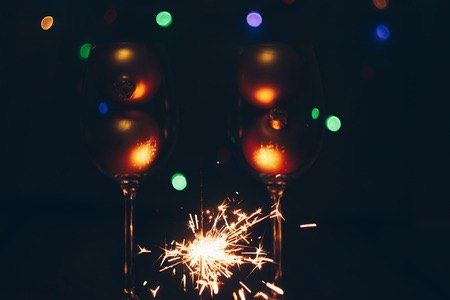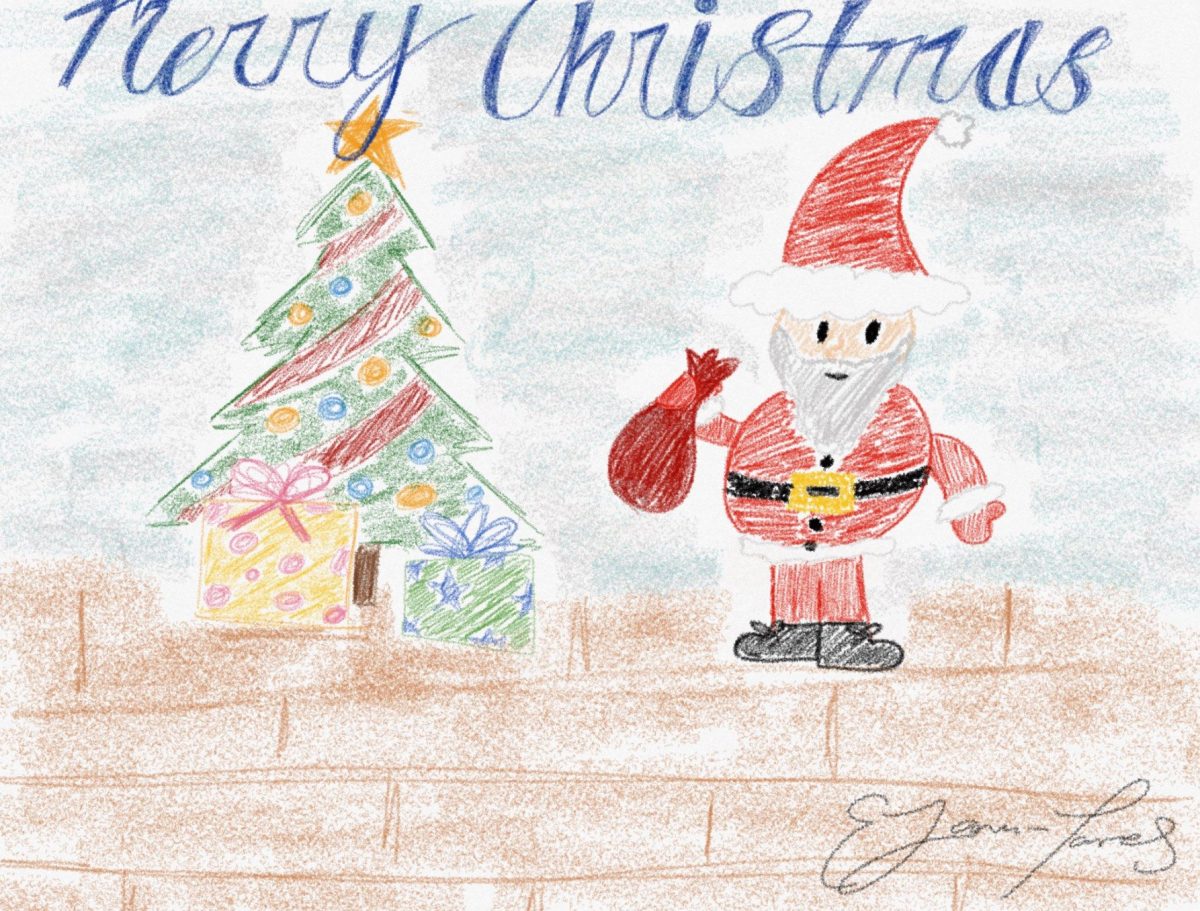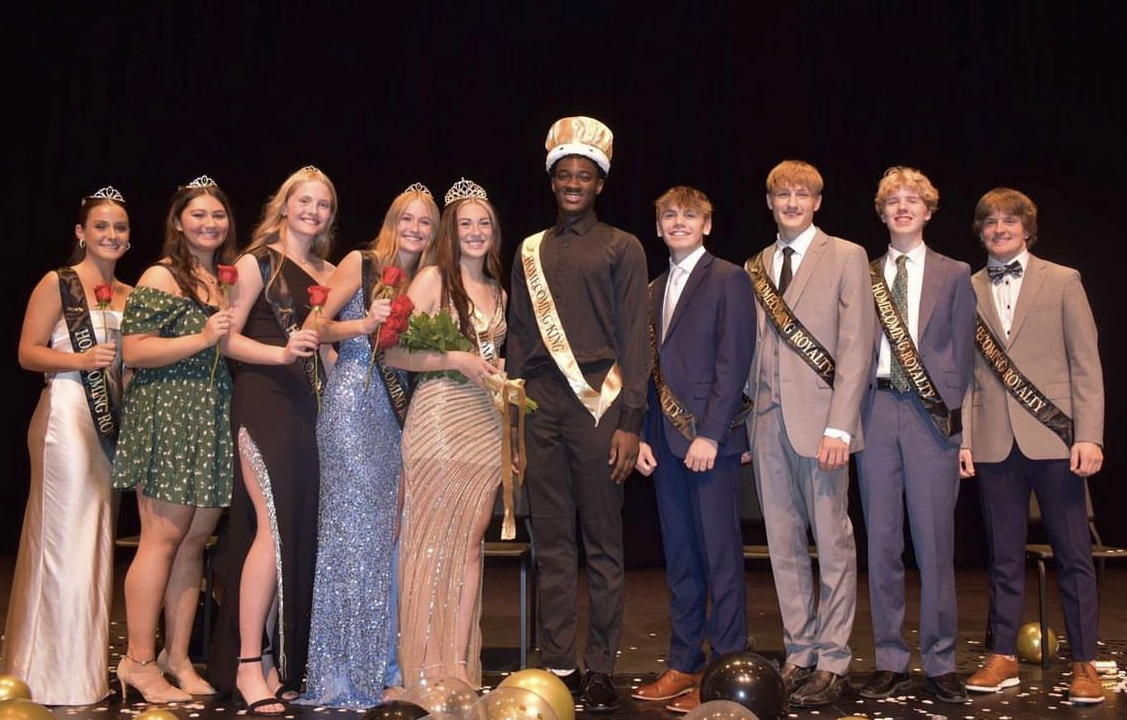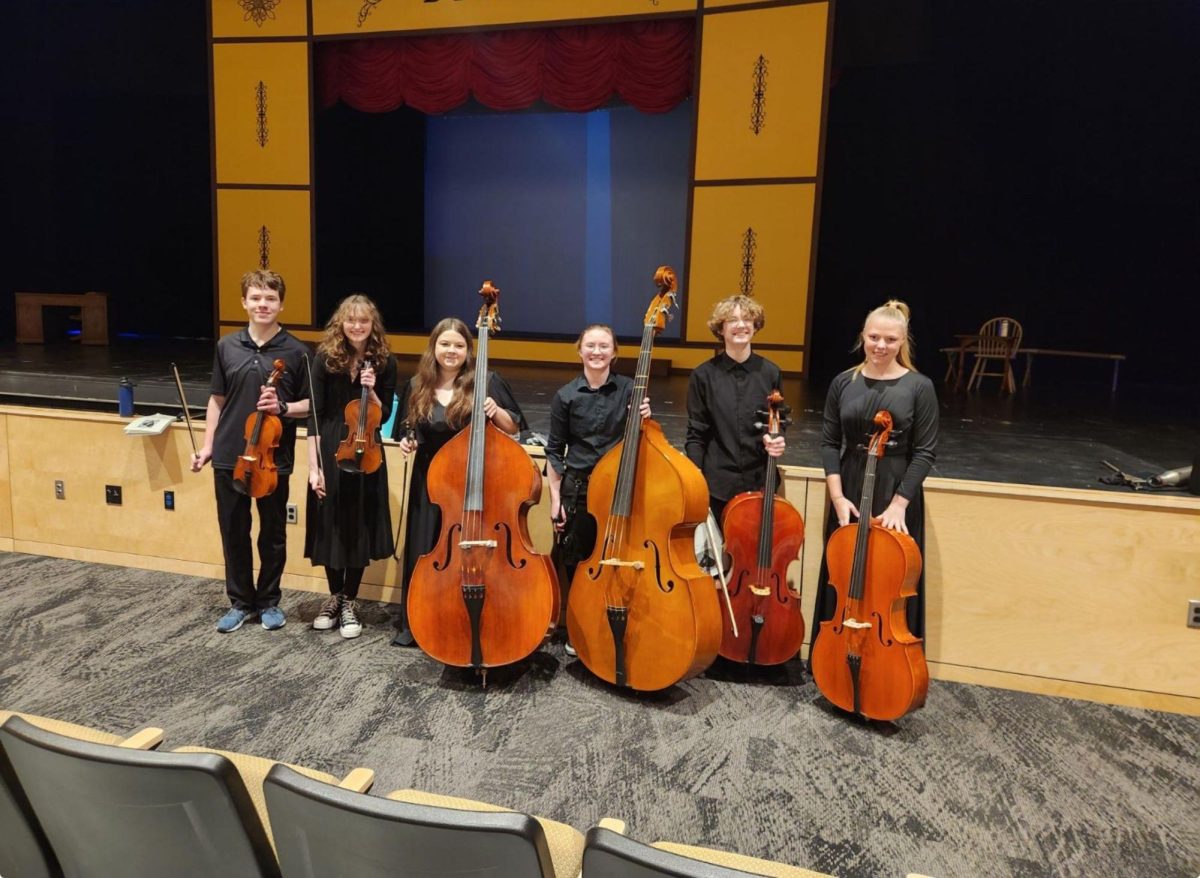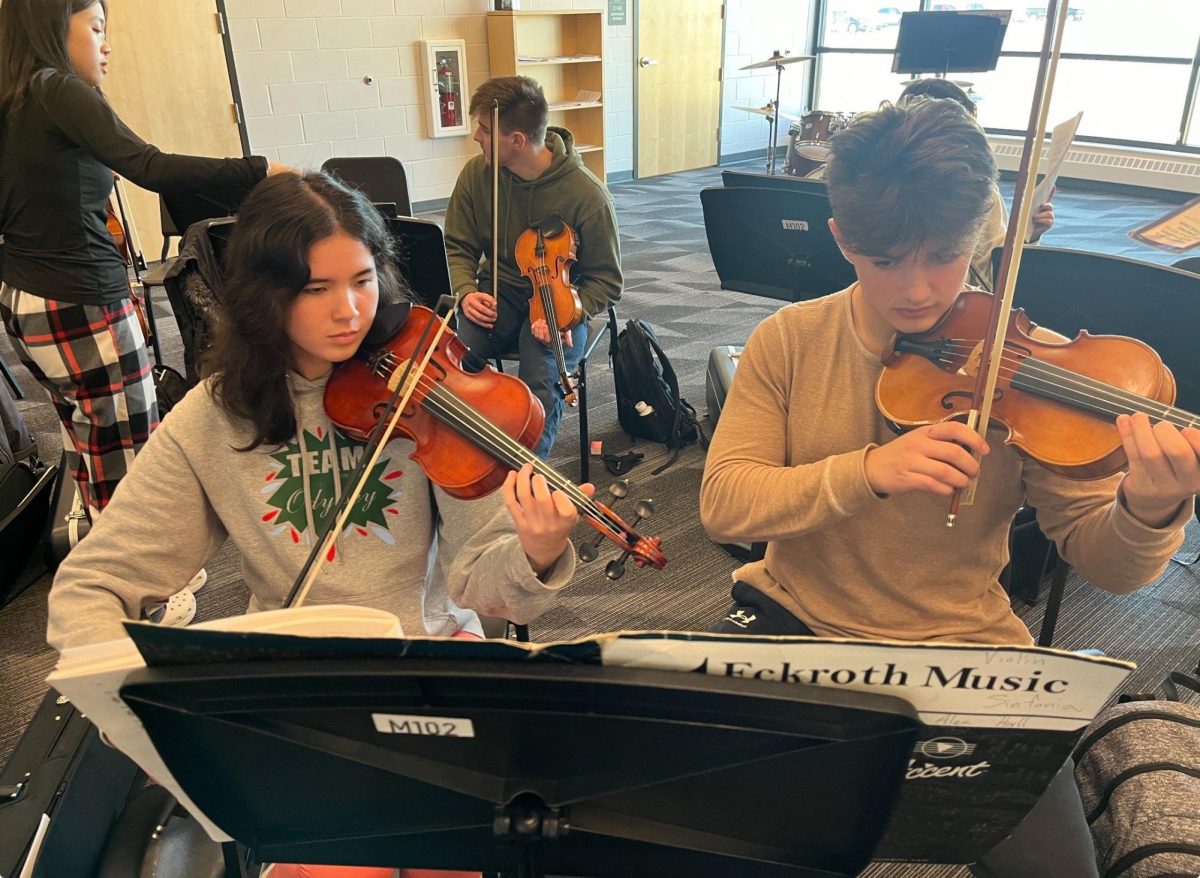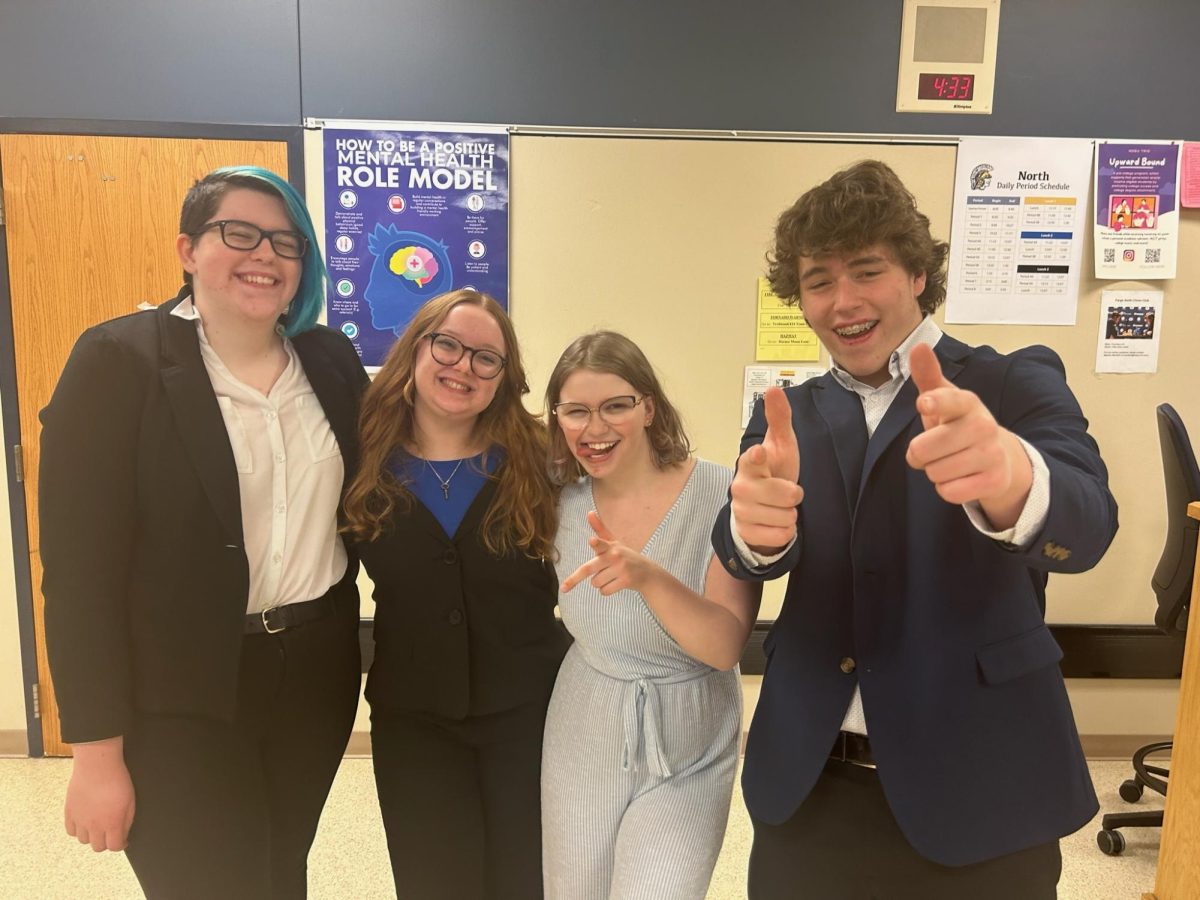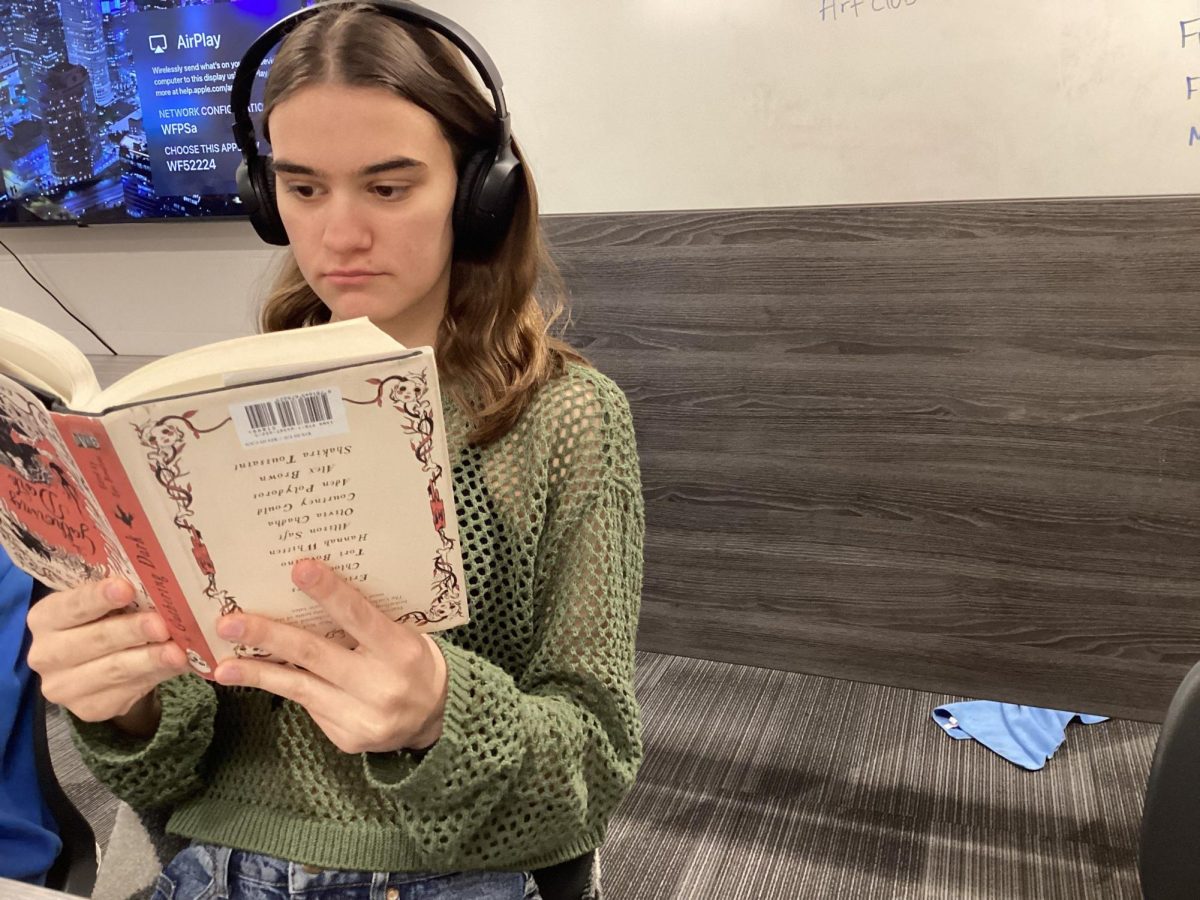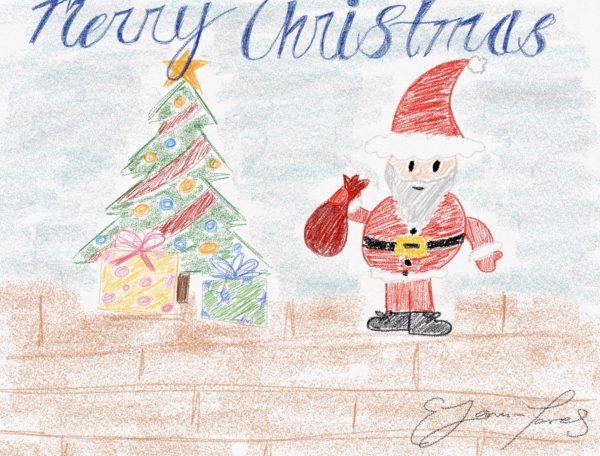Dia de Los Muertos and Halloween: Origins and Traditions
October 20, 2022
With Halloween and Dia de Los Muertos (Day of The Dead) being so close together, it is easy for people to get them confused for each other. However, even though these holidays may seem like the same thing, they have their differences. They both have their unique origins and traditions and should not be confused with the other
Dia de Los Muertos stems from the Aztec celebration of the dead which was later influenced by Catholicism that was introduced by Spanish colonizers. When the Spanish conquered the Aztec empire, the Catholic Church moved the Aztec celebrations to Catholic dates. This is why the two days of Dia de Los Muertos are on November 1st (All Saints Day) and November 2nd (All Souls Day). Today, the first day of Dia de Los Muertos is celebrated in honor of children’s spirits or, angelitos, and the second day is for adult spirits. Traditionally, families who celebrate the holiday will make an altar for their loved ones who have passed on, and fill it with ofrendas, or offerings, to their spirits. These altars include a photo of the family member, their favorite food and drinks, marigold flowers, candles, sugar skulls, and more. On Dia de Los Muertos it is believed that spirits are granted 24 hours to visit their living relatives before they are sent back to the afterlife. People dress in colorful dresses and clothing and apply colorful skeleton makeup to commemorate their dead relatives.
Halloween originates from the Celtic holiday of Samhain which was celebrated on October 31st. Similar to Dia de Los Muertos, the Celtics believed that spirits were able to roam the Earth on Samhain. But unlike the Aztecs, the Celtics believed that this was a dangerous thing. On this day people would leave bowls of treats outside their door in an attempt to please the spirits and prevent them from entering their homes. They would also dress up in costumes made of animal heads and skins to disguise themselves from spirits who may wish to harm them if they left the house. Around the late 1800s, a movement to mold Halloween into a more family-friendly and community holiday began. By the turn of the century, Halloween had become more censored and less about which craft and superstition. Americans would go house to house asking for money or food, which would later become known as trick-or-treating, and costumes would be cheaper and more convenient to purchase at stores. Today, Halloween is celebrated by gathering with family and friends and dressing up and throwing a party or going trick-or-treating.
Though these holidays deal with a similar theme of the dead roaming Earth on a specific day, they both have their unique traditions and culture behind them. Knowing the history of these holidays is very important when celebrating them. Happy Holidays!

